[ad_1]
At a time when pictures software program can do nearly something, is there any motive to make use of bodily glass filters in entrance of your lens? Completely! Some issues are nonetheless finest solved with filters. As we speak, I’ll introduce one in all my favourite varieties: the graduated impartial density (GND) filter.
What Are Graduated Impartial Density Filters?
Graduated impartial density filters, or GND filters, are clear on one aspect and darker on the opposite, with a transition zone within the center. They seem like this:
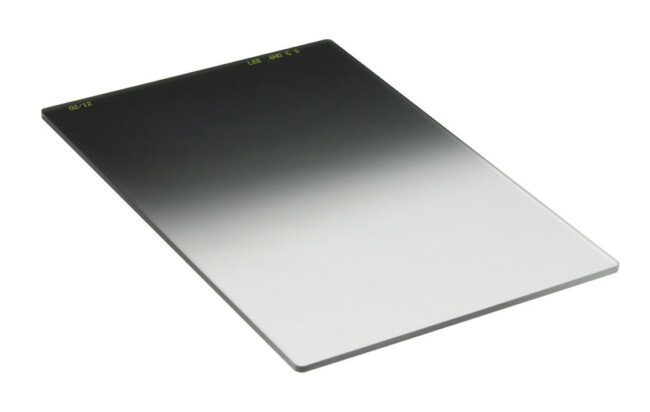
The phrase “graduated” within the title refers back to the tender transition zone in the midst of the filter. The phrases “impartial density” point out that the darker portion of the filter is impartial in colour. (You could discover some colour graduated filters out there, too, however these are uncommon and really specialised.)
In the event you put a GND filter in your lens and take a photograph of a featureless topic, the picture will seem like this:

In brief, a graduated impartial density filter darkens a part of the picture. With most filter holding techniques, you’ll have full management over the peak and rotation of the GND filter, permitting you extra management over which portion of the picture to darken.
The most typical objective of GND filters is to darken the brilliant sky in a panorama picture whereas leaving the foreground untouched.
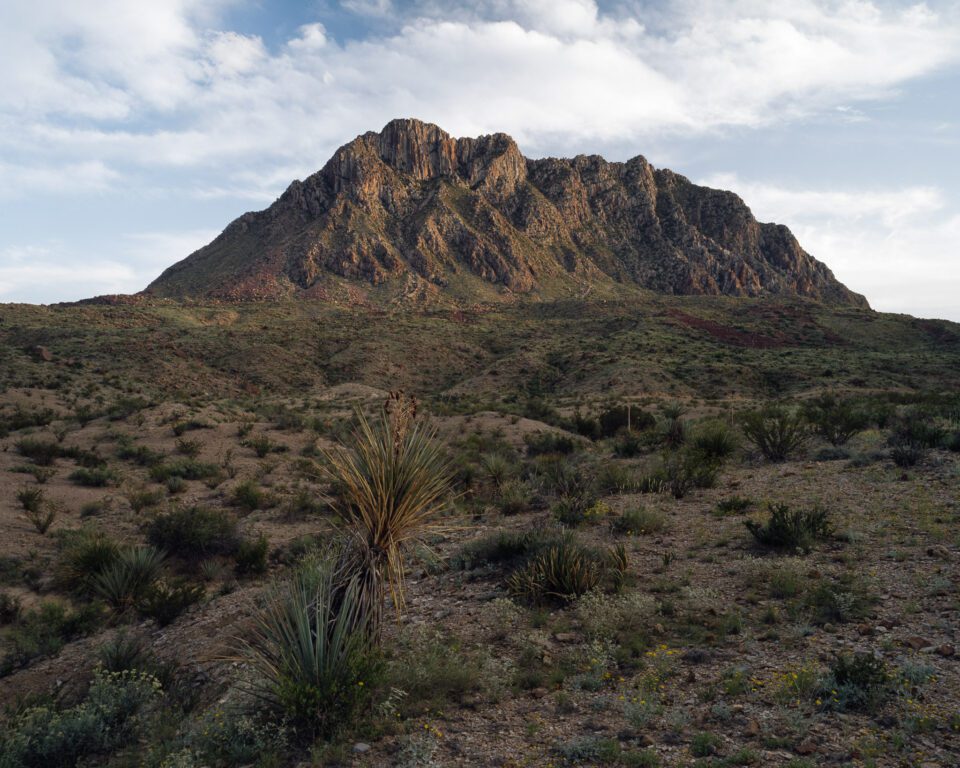
Kinds of GND Filters
Graduated impartial density filters are available in many sorts. One query is how the graduated portion seems – together with whether or not the transition zone is tender, arduous, or a extra uncommon form. One other query is how darkish the darkest portion of the filter will get. I’ll dive into these two concerns right here.
1. Form of the Filter’s Transition Space
Graduated impartial density filters are available in two principal varieties: arduous and tender. This refers to how sharp the gradient of the transition zone is. A arduous impartial density filter transitions in a short time from darkish to clear, whereas a tender impartial density filter is rather more gradual. (Some firms additionally provide medium impartial density filters which are someplace in between.)
You might also come throughout extra uncommon GND filters, resembling a reverse GND, the place the transition zone itself is sharp, however the filter steadily turns into brighter once more towards the highest of the filter. In the meantime, some GND filters are completely atypical and will have a spherical or triangular form. Beneath is an instance of every.
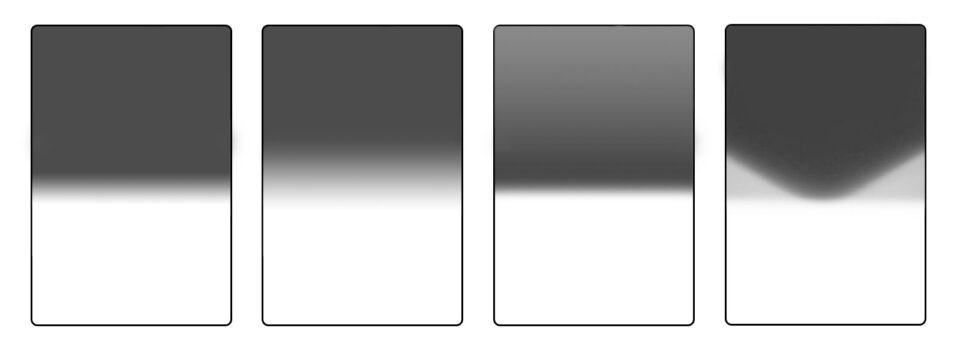
In a minute, I’ll talk about which graduated impartial density filter is likely to be best for you. For now, a rule of thumb is that tough GND filters are finest when the horizon is flat and well-defined, whereas tender GNDs are good for irregular horizons. These are the 2 principal varieties of graduated filters and are essentially the most helpful 95% of the time.
Another type of GND is extra specialised, however can nonetheless be helpful. For instance, a reverse GND is right when the brightest portion of the sky is straight on the horizon, such because the solar dipping beneath the horizon at sundown.
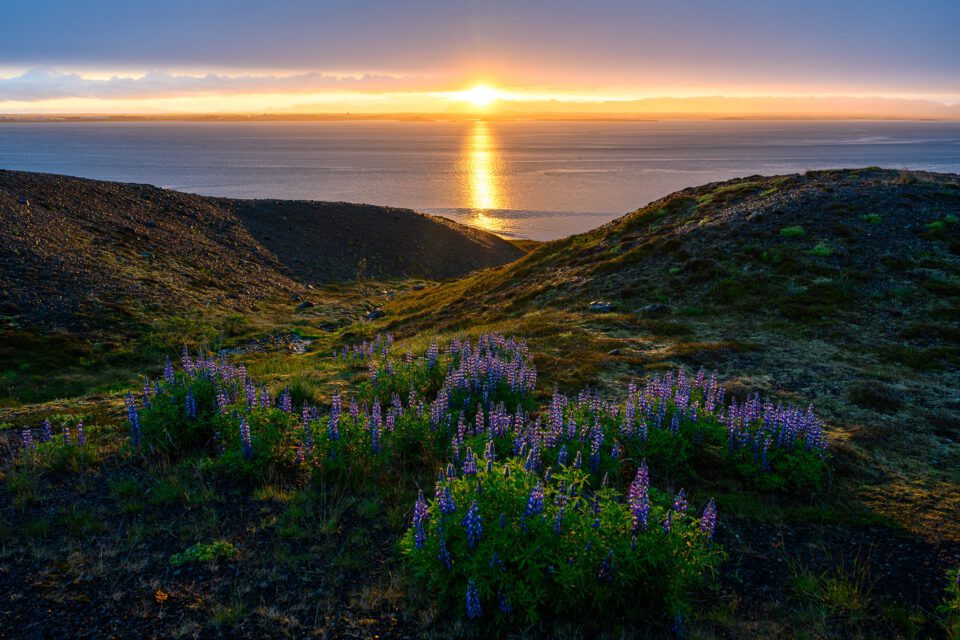
2. Density of the Filter
Impartial density filters are available in quite a lot of densities, normally starting from 1 cease to 4 stops. In the event you want a fast refresher, lowering the sunshine by one cease is identical as slicing it in half. So, the dimensions works like this:
- 1 cease GND: 1/2 as a lot mild
- 2 cease GND: 1/4 as a lot mild
- 3 cease GND: 1/8 as a lot mild
- 4 cease GND: 1/16 as a lot mild
Typically talking, essentially the most helpful graduated impartial density filters are within the vary from 2 to three stops. Something lower than that and the filter is difficult to note; something extra, and the filter is just too robust.
Most firms that make graduated impartial density filters label them with a decimal system as follows:
- 0.3: 1 cease filter
- 0.6: 2 cease filter
- 0.9: 3 cease filter
- 1.2: 4 cease filter
You’ll additionally discover some filters which are partway in between these complete values, resembling a 2.5 cease filter (or 0.75 within the decimal system).
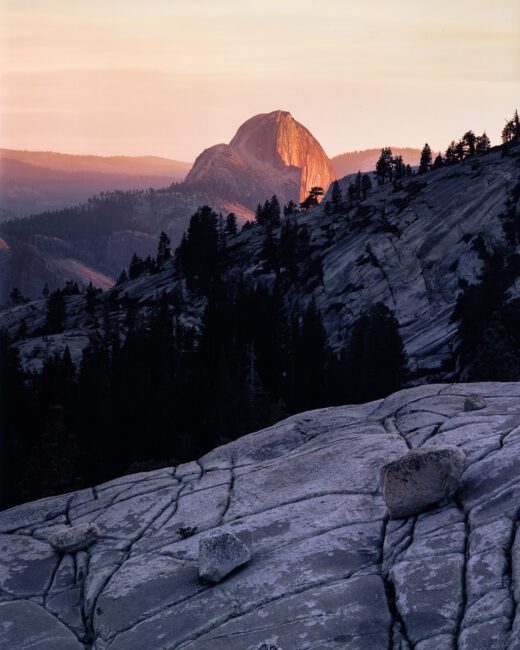
What GND Filter(s) Ought to You Get?
The proper graduated impartial density filter relies upon upon the topic.
I already talked about {that a} arduous GND filter is sweet for sharp horizons, whereas a tender GND filter is sweet for irregular horizons the place there could also be hills or mountains in your picture. Nevertheless, that’s a little bit of a simplification, as a result of it additionally relies upon upon the focal size of the lens you’re utilizing!
With a wide-angle lens, any graduated filter will seem have a more durable transition. Check out the comparability beneath between utilizing the identical filter on a 24mm lens and a 200mm lens:


It is a fairly dramatic distinction, and it goes to indicate that the proper filter actually depends upon your lens. For an ultra-wide lens, I’ll typically use a tender GND besides when the horizon is completely flat. In the meantime, with a telephoto lens, I take advantage of a tough GND filter 100% of the time, because the impact of soppy GNDs is sort of invisible.
Alongside comparable strains, utilizing a narrower aperture worth may even make the transition line seem more durable. This isn’t as main of an impact, nevertheless it’s nonetheless attention-grabbing that you would be able to change the obvious softness of your filter (not less than barely) simply by adjusting your aperture.
In the event you plan to get any graduated filters, my suggestion is to get not less than two of them: a tender filter on your extensive lenses, and a tough filter for telephotos and flat horizons. I feel that specialised GND filters with totally different shapes aren’t obligatory for many photographers, together with reverse GND filters and particularly any rounded or triangular GNDs.
I additionally strongly advocate avoiding GND filters which are round and screw into your lens. These filters are fairly ineffective as a result of you may’t elevate or decrease the place of the filter. As a substitute, go along with an oblong GND that works along with a correct filter holder system like these from Lee, NiSi, or Cokin.
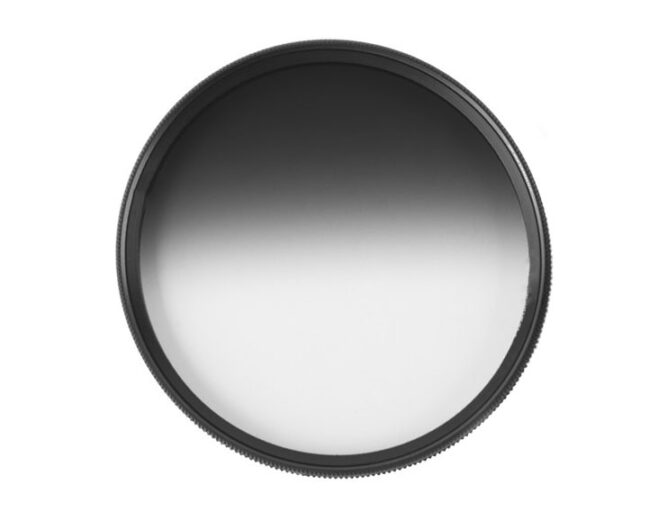
That leaves me with my general suggestion: Get two GND filters, one soft-edge and one hard-edge. Personally, I discover that 2-stop GNDs are a bit too weak a lot of the time – I’d advocate both a 2.5 cease or a 3 cease filter as a substitute. In my view, a perfect equipment can be a 2.5-stop arduous GND and a 3-stop tender GND.
Additionally, I are likely to advocate glass filters slightly than resin as a common rule. This truly guidelines out some fashionable GND filters in the marketplace, however I discover that tumbler has much less flare and higher colours/distinction than resin, more often than not.
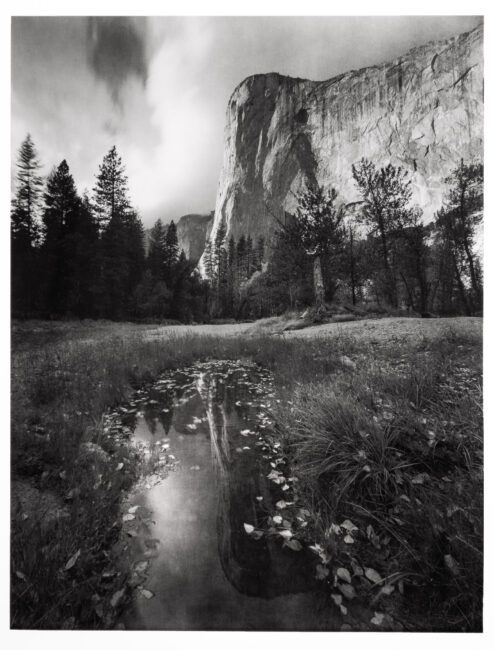
Is Any of This Even Vital?
The principle objective of graduated impartial density filters is to seize high-contrast scenes extra simply, particularly when the sky is way brighter than the foreground. Nevertheless, at the moment’s cameras have very spectacular dynamic vary, and you’ll all the time take HDR or AHDR pictures to increase issues even additional.
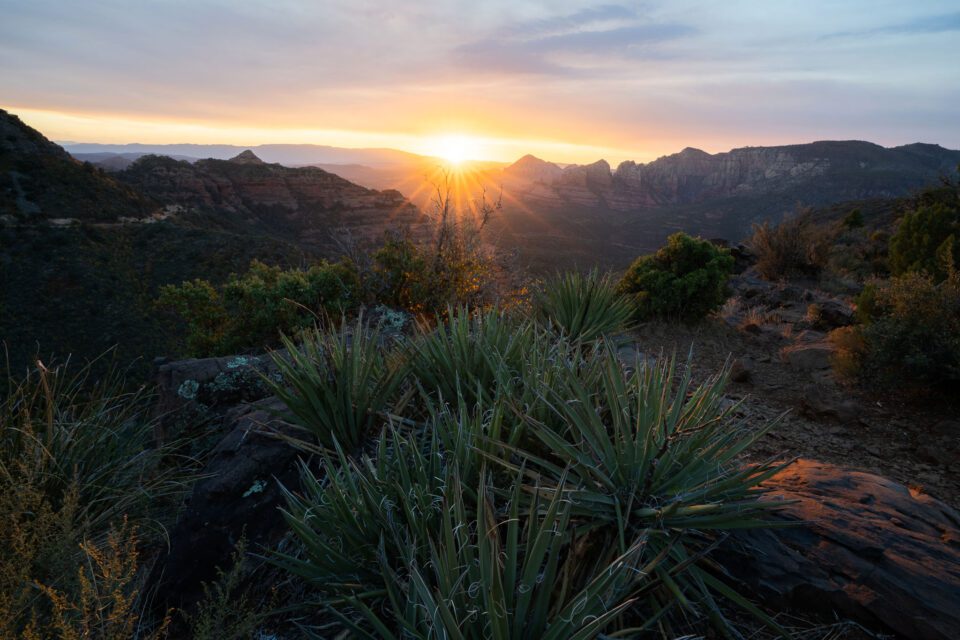
For that motive, I’d say that graduated impartial density filters are a little bit of a luxurious today – not simply in value, but additionally within the area they take up in a bag (particularly together with a full filter holding system) and the time they take to arrange. Many photographers will discover it extra sensible to take a number of images to merge later as an HDR.
Even so, GNDs are nonetheless helpful. Perhaps your multi-image HDR doesn’t mix correctly due to some surprising motion within the body. Plus, high-quality GND filters may even scale back flare if they assist darken the brilliant solar in your picture. (Though low-quality GND filters will add flare if the solar is in your body.)
Most of all, I’m a giant proponent of “getting it proper in-camera.” There’s one thing to be mentioned for the considerate nature of utilizing a GND filter and taking the time to make sure that your uncooked file is pretty much as good as attainable – that it received’t require doing backflips in post-production so as to look proper.
A well-filtered picture is a pleasure to work with in Lightroom. You received’t run into any of the colour shifts, bizarre distinction, or haloing artifacts that you just may discover in an HDR, to not point out that HDRs could be troublesome to mix correctly if there’s important motion in your body.
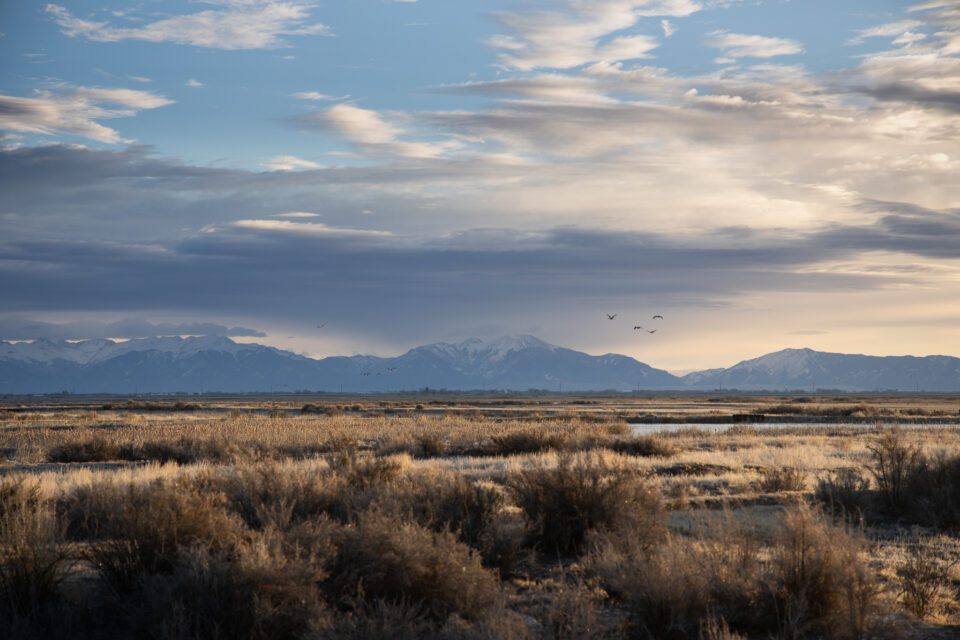
Whereas there are different items of digicam tools that I’d prioritize first, I do suppose {that a} graduated impartial density filter (or two) belongs within the bag of most panorama photographers. This text ought to have given you a good suggestion of how GND filters work and which of them are best for you! Let me know within the feedback in case you have any questions, and I’ll do my finest to reply.
[ad_2]

Leave a Reply